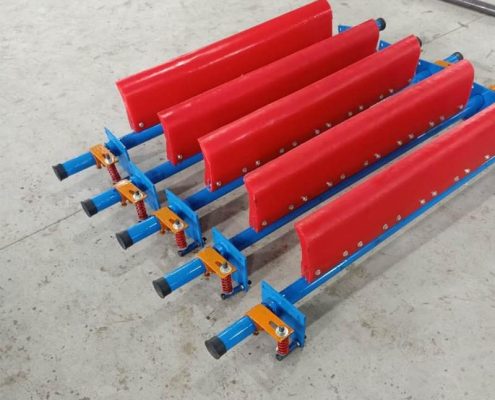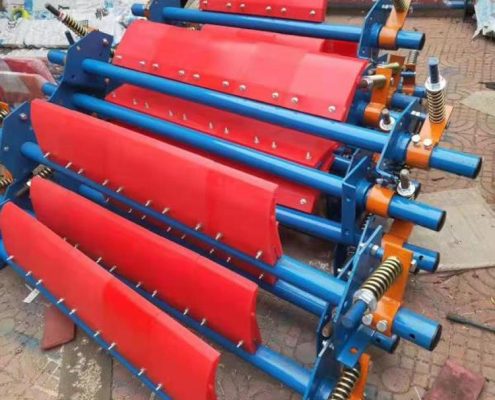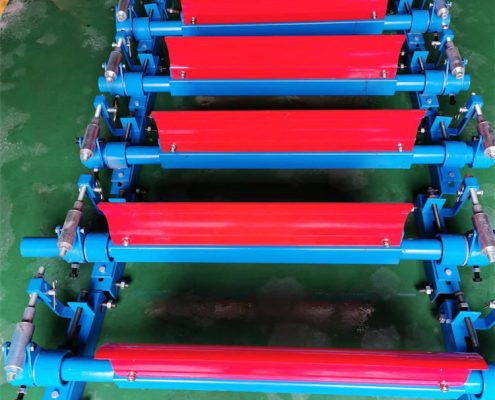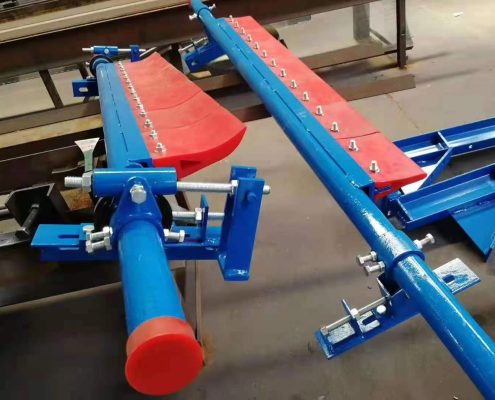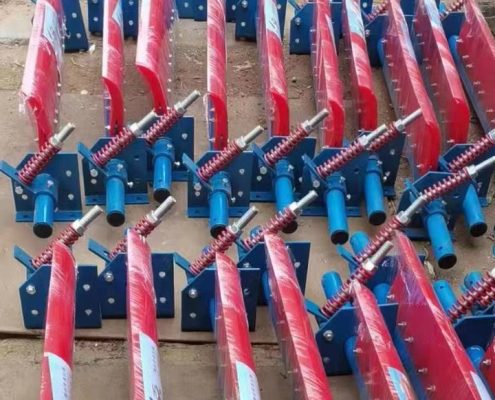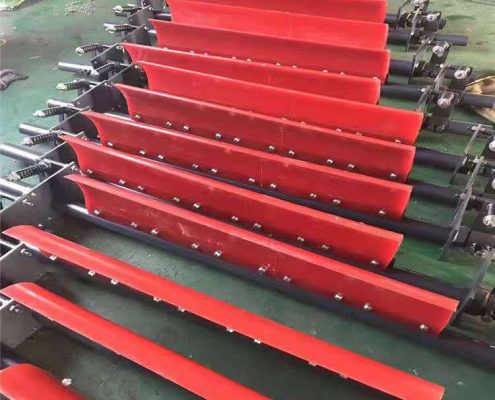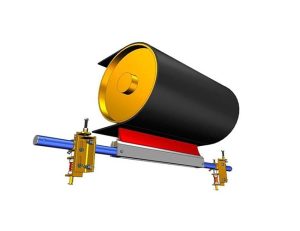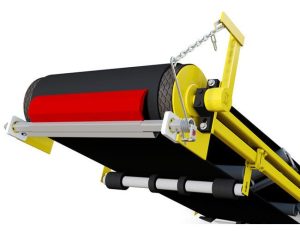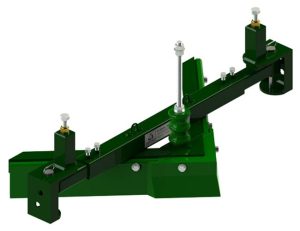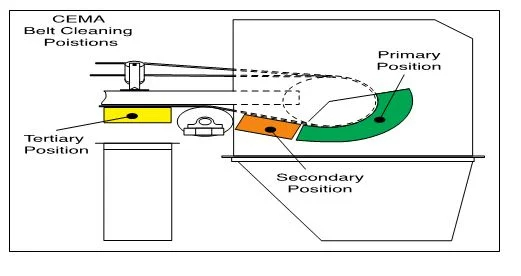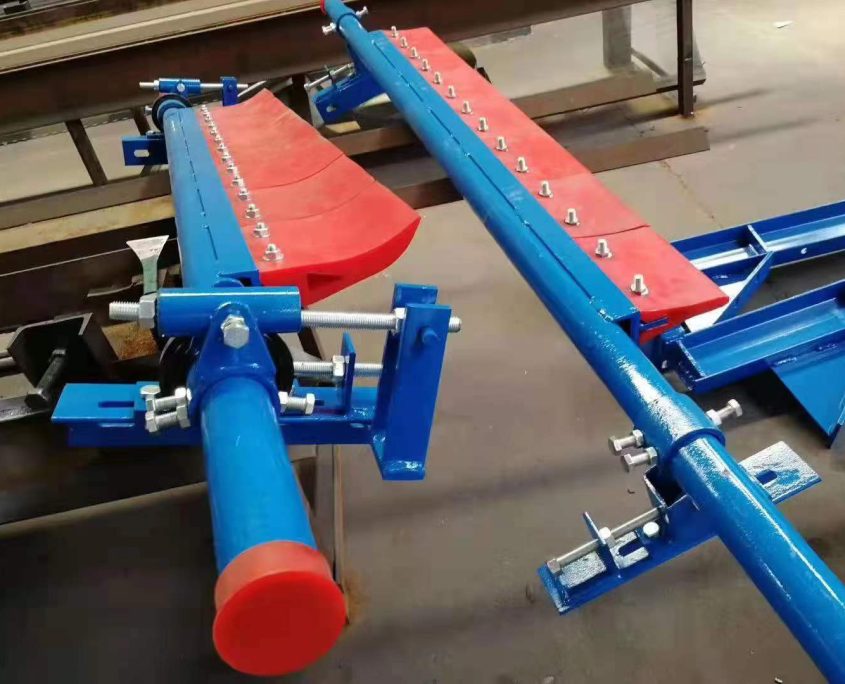Polyurethane conveyor cleaning is a critical process in the maintenance and operation of conveyor systems, ensuring that these systems run efficiently, safely, and with minimal downtime. The cleaning process involves the use of polyurethane-based products—primarily conveyor belt cleaners—that are designed to remove debris, dust, and residues from the conveyor belt surface. Here’s a detailed exploration of how polyurethane conveyor cleaning works, emphasizing the mechanism, advantages, and considerations involved:
What is Polyurethane Properties
Durability: Polyurethane is a highly durable material that resists wear, tear, and abrasion. This resilience makes it ideal for continuous, heavy-duty cleaning tasks where lesser materials might fail or degrade quickly.
Flexibility and Adaptability: Unlike rigid materials, polyurethane possesses a certain degree of flexibility, allowing it to conform to the surface contours of various conveyor belts. This adaptability ensures effective cleaning without causing damage to the belt surface, even when dealing with irregularities or textured surfaces.
Chemical Resistance: The chemical resistance of polyurethane is beneficial in environments where the conveyor system may be exposed to oils, greases, chemicals, or various substances that could degrade other materials. Polyurethane maintains its integrity and cleaning efficacy in such conditions.
Cleaning Mechanisms and Techniques
1. Direct Contact Scraping: The primary mechanism through which polyurethane cleaners work is direct contact scraping. Polyurethane blades or scrapers are mounted in close proximity to the conveyor belt surface. As the belt moves, these blades scrape off materials sticking to the belt, such as soil, dust, product residues, and other particulates.
2. Adjustable Pressure System: Many polyurethane conveyor cleaning systems are equipped with adjustable tensioning systems. These allow the pressure exerted by the cleaning blades on the conveyor belt to be precisely controlled. Adjusting the pressure ensures optimal cleaning without excessive wear to either the belt or the cleaner itself.
3. Secondary Cleaning: In addition to primary scrapers, secondary cleaning systems may also employ polyurethane in different configurations to target fine particles and wet or sticky residues that primary cleaners might miss. These systems often use softer, more finely adjusted blades to remove residues without compromising the belt’s integrity.
4. Water-Assisted Cleaning: For particularly challenging cleaning tasks, such as sticky or compacted materials, water jets or sprays may be used in conjunction with polyurethane scrapers. The water loosens the adhered materials, making it easier for the polyurethane blades to remove them from the belt.
Maintenance and Longevity Considerations
Blade Wear and Replacement: Polyurethane cleaners are designed for easy maintenance, including straightforward blade replacement. Many systems include wear indicators on the blades, making it clear when they need to be replaced to maintain cleaning effectiveness.
System Inspection: Regular inspection of the cleaning system ensures that the polyurethane blades are correctly aligned, adequately tensioned, and free from damage. This preventative maintenance is key to avoiding conveyor belt damage and ensuring the longevity of both the belt and the cleaner.
Compatibility with Conveyor Operation: Effective cleaning is also about compatibility with the conveyor’s operation. This includes considering the speed of the conveyor, the nature of the materials being conveyed, and environmental factors such as temperature and humidity, which can affect cleaning efficiency.
Polyurethane conveyor cleaning works through a combination of mechanical scraping, adjustable pressure, and, in some cases, assisted by water or other fluids to ensure the thorough removal of debris and residues from conveyor belts. The properties of polyurethane—durability, flexibility, and chemical resistance—make it particularly suited to this task, providing an effective and reliable solution to maintain the cleanliness, efficiency, and operational longevity of conveyor systems.

